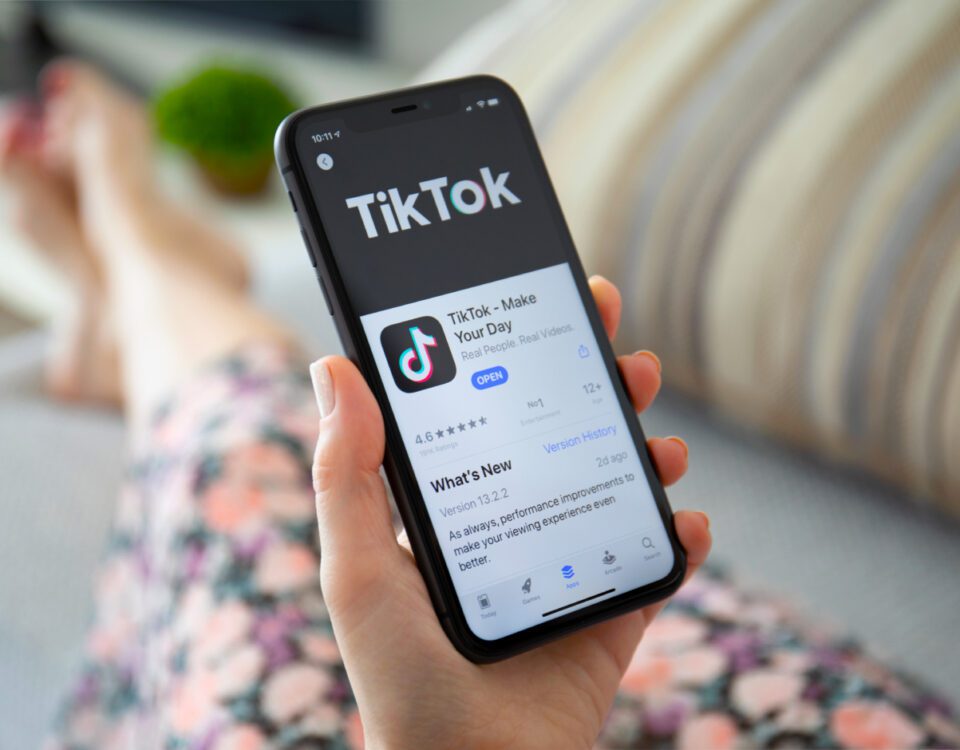Share
As Community Management experts, we understand the importance of providing exceptional customer service on social media. Whether we’re handling complaints from unhappy shoppers or responding to delivery queries, we always make sure to acknowledge and reply to every message quickly and thoroughly so that nobody is left dissatisfied. However, our job doesn’t end there. A huge part of what we do involves regularly checking in on our clients’ KPIs (key performance indicators) and monitoring the effectiveness of our services - ensuring that we’re not only meeting but also exceeding expectations and maintaining strong, positive reputations for the brands we work with. If you’re launching a new customer care strategy for your own business or outsourcing to an agency like 3sixfive, here are some of the main metrics you should be tracking.
FCR: Measures Problem Solving Ability
FCR stands for First Contact Resolution (traditionally First Call Resolution for call centres) and refers to the rate at which your team are able to resolve customer service requests without needing further escalation. In other words, it measures the percentage of customers who get their question answered straight away instead of being referred to a secondary department or having to wait until a later date to receive a solution. Every 1% improvement in FCR reduces operating costs by 1%, improves customer satisfaction by 1% and increases transactional Net Promoter Score by 1.4 points.
It’s worth noting that on social media, depending on the nature of the enquiry being raised, your initial response will sometimes involve asking the customer to send you a private message or DM to allow you to collect personal information away from the public domain - an extra step compared with traditional customer service methods such as phone or email, where the entire interaction is already private from the outset. So, when monitoring this metric, it’s okay to apply a little flexibility regarding which stage you define as your ‘first’ contact. The key thing to remember is to keep the amount of back-and-forth to a minimum, whilst still obtaining all of the necessary details you need from the customer in order to handle their request promptly.
FCR = total resolved cases ÷ total number of cases


AHT: Measures Efficiency
AHT, an abbreviation for Average Handle Time, is the average time it takes to deal with a customer transaction from start to finish. 65% of people surveyed by Zendesk claimed that the main reason they had a negative experience with a brand was because their issue took too long to resolve, demonstrating how crucial it is to maintain a low AHT to stop customers from becoming frustrated and turning to competitors.
The best way to tackle a poor AHT is through training and immersion: making sure that everyone in your customer care team thoroughly understands how to deal with a wide variety of complaint topics. Of course, escalation is sometimes unavoidable and when more serious problems arise, a manager or team leader may need to step in and continue the conversation, therefore lengthening its duration - but as long as your team members are requesting all of the required information from the customer during the early stages of the interaction, you’ll be on the right track for speedy troubleshooting.
AHT = total interaction time ÷ total number of interactions
FRT: Measures Wait Times and Availability
FRT stands for First Reply Time (or First Response Time) and is used to measure the time it takes for a team member to respond to a customer support request - essentially, how long the customer has to wait before help arrives. A staggering 96% of social media users expect an answer from a business within 24 hours regardless of the platform, with around half of them shortening this timeframe even further to just 3 hours. Swift response times demonstrate to customers that you’re available and ready to help them, even if your first reply is just a brief alert to reassure them that you’ve received their query and that it will be investigated in more depth as soon as possible.
Interestingly, Tim Woo, Marketing Director for Framed Data, says: “Contrary to what we would assume, most customers prefer a quick but ‘ineffective’ response over a calculated, delayed answer”, meaning it’s best to at least acknowledge your customers’ messages even if you’re unable to provide a full solution there and then.
FRT = (the time at which a team member responds to a query – the time when the customer submitted the query) ÷ total number of queries
Worried about out-of-hours messages skewing your FRT? Our Community Management team is here from 8am-10pm, 365 days a year to provide efficient, personalised responses on behalf of your brand.


CSAT: Measures Customer Satisfaction
You guessed it - CSAT is short for ‘customer satisfaction’, therefore referring to the overall level of fulfillment experienced by your customers after interacting with your brand. Your CSAT score is one of the most straightforward ways to measure how happy people are with your business, and it’s obtained by asking a simple question at the end of a transaction, such as “How satisfied were you with the service you received today?” followed by a corresponding survey scale, such as 1-3, 1-5 or 1-10.
CSAT = (Sum of all positive responses ÷ total number of responses collected) x 100
A CSAT score of 60%, for example, would indicate that the majority of people are satisfied with the level of care your brand provides, but also highlights that there’s still room for improvement.
If you’re looking for an extensive method of analysing your CSAT that encompasses more than just a score, discover Human Insight, our sentiment tracking service. It’s a bot-free, human-led way to find out how your business is really perceived across social media via both direct and untagged conversations, with an accurate, bespoke reporting system which can influence future decisions within your company.
Summary
As you can see, setting and monitoring KPIs is an essential part of Community Management - and there are plenty of different metrics that can be used to examine how well your team is performing in terms of customer service. Luckily, social media is data-rich, and the analytics that you choose to track can be entirely based on your brand’s specific priorities. Is your business developing a negative reputation online as a result of slow responses? Or maybe you’re in need of some assistance from a dedicated team of experts who can communicate with your audience when you’re unavailable? Get in touch today to learn how we can help.









